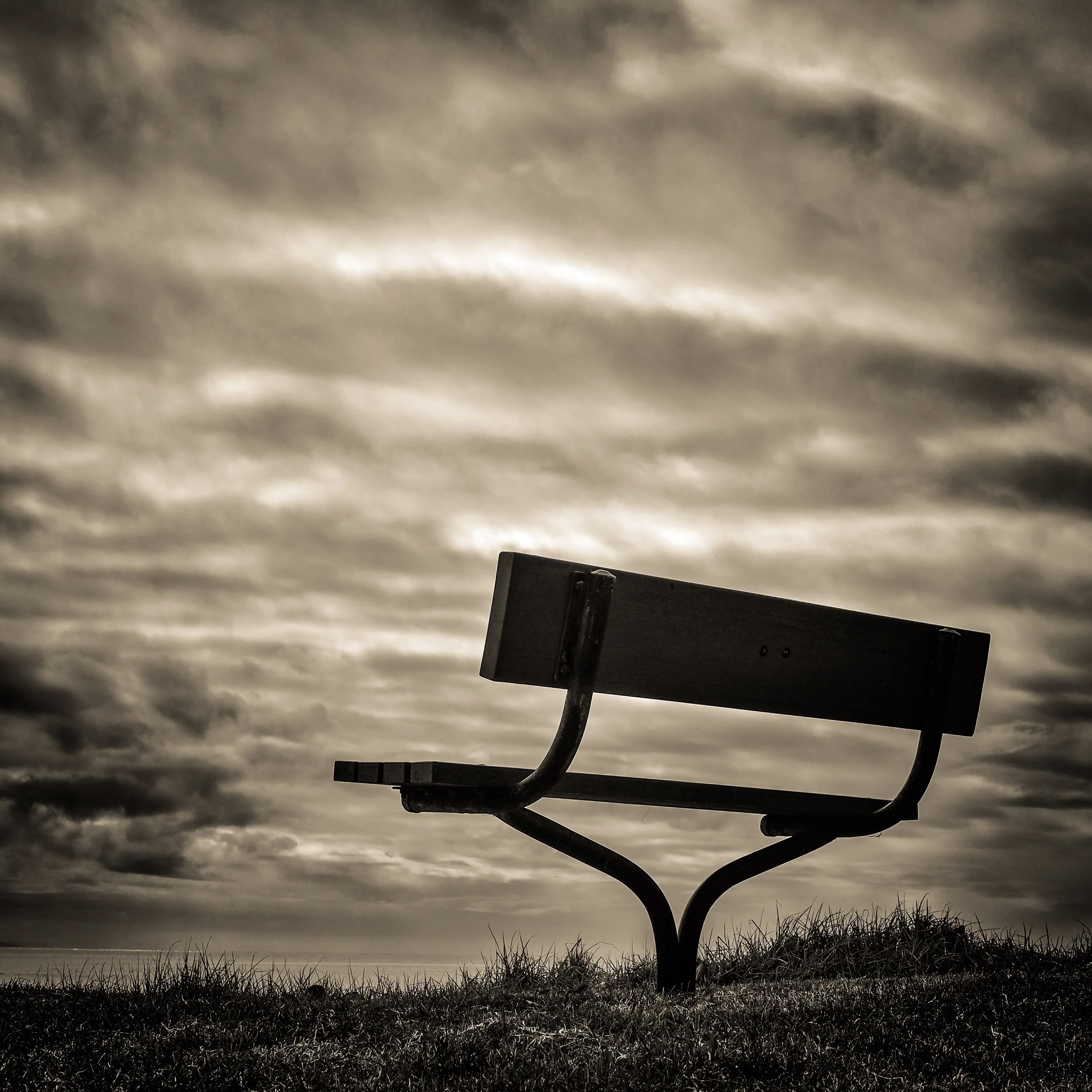EX154 Observation Skill Development
Sit somewhere you would like to create a photo.
Sit for thirty six minutes and just look. Really try to see what is there.
After you have been observing for the thirty six minutes take pen to paper or fingers to keyboard or tap out on your phone a description of what you are seeing. Do this while you sit there.
Instead of photographing it with your camera. Try photographing it with words.
No images are to be posted this week. Only words.
Three paragraphs is a lovely goal.
We are not at all interested in your literacy skills, nor will we judge you on them. This is an exercise for you to practice observing. To practice looking harder than you normally would.
Suggestions:
take a chair or picnic rug with you
take warm clothes for you will be much cooler just sitting
take some sunglasses, a hat and sun protection
take a warm drink, a thermos perhaps
take something to write on like your journal, or to write in like a laptop, phone or tablet.
turn your phone onto airplane mode whilst you are observing
We will discuss this in Len's Class on the 9th August 2022
One “sultry afternoon” in the last days of September in 1879, while traversing the American Southwest on a “lazy Government mule,” the Smithsonian ethnologist Frank Hamilton Cushing (July 22, 1857–April 10, 1900) found himself on the precipice of a black lava abyss.
On the pages of My Adventures in Zuñi, he gasps at what he saw:
Below and beyond me was suddenly revealed a great red and yellow sand-plain. It merged into long stretches of gray, indistinct hill-lands in the western distance, distorted by mirages and sand-clouds, and overshadowed toward the north by two grand, solitary buttes of rock. From the bases of the latter to a spire-encircled, bare-faced promontory to the right, stretched a succession of canyon-seamed, brown, sandstone mesas, which, with their mantle of piñon and cedar, formed a high, dark boundary for the entire northern side of the basin.
To the left, a mile or two away, crowning numberless red foot-hills, rose a huge rock-mountain, a thousand feet high and at least two miles in length along its flat top, which showed, even in the distance, fanciful chiselings by wind, sand, and weather. Beyond its column-sentineled western end the low sand-basin spread far away to the foot-hills of the gray-and-white southern mesas, which, broken by deep canyons, stretched, cliff after cliff, westward to the hills of the horizon.
Out from the middle of the rock-wall and line of sand-hills on which I stood, through a gate of its own opening, flowed a little rivulet. Emerging from a succession of low mounds beneath me, it wound, like a long whip-lash or the track of an earth-worm, westward through the middle of the sandy plain and out almost to the horizon, where, just midway between the northern buttes and the opposite gray mesas, it was lost in the southern shadows of a terraced hill.
Down behind this hill the sun was sinking, transforming it into a jagged pyramid of silhouette, crowned with a brilliant halo, whence a seeming midnight aurora burst forth through broken clouds, bordering each misty blue island with crimson and gold, then blazing upward in widening lines of light, as if to repeat in the high heavens its earthly splendor.

